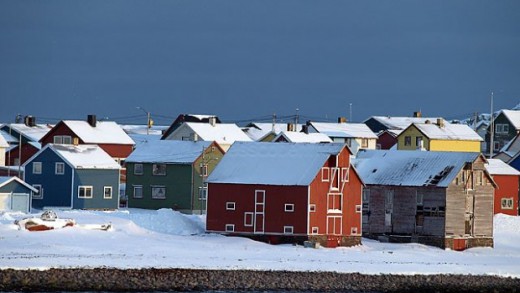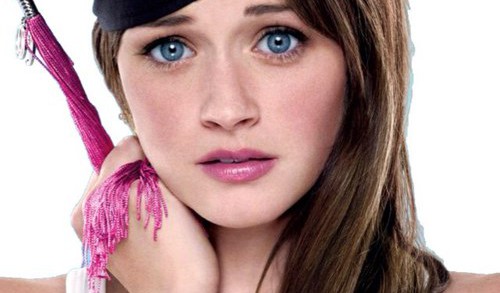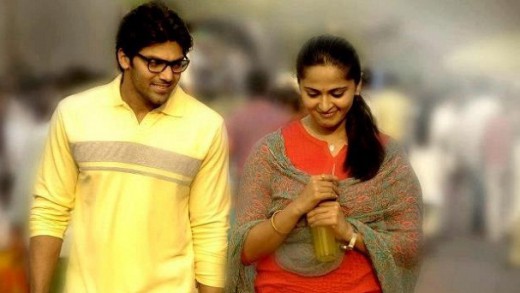As far as I can think back, I have always been teased for my rather large nose. While all the other girls posted nice side view focused pictures on their Facebook walls, I used to shy away from posting any picture that portrayed my nose in an unflattering light. I was forever known as the girl with the big nose, and was never considered classically or mainstream beautiful because of this trait.
Eventually, my big nose stopped bothering me as much as it did when I was younger. However, I cannot honestly say that I wouldn’t be happier with a smaller nose. I suppose this anxiety stems from my obsession with wanting to be “perfect.”
Sadly, these anxieties are not just mine. This became all the more obvious when the Bitstrips app went viral on Facebook. It was like a pseudo-social psychology experiment run amok, and I was shocked to see just how many of the avatars bore very little resemblance to their human counterparts.
Many of my peers had unnaturally lightened their faces, removed blemishes and bags, and shrunk and magnified certain facial features to their liking. It was sad to see just how inherent the need was to hide our perceived “flaws” to conform to societal standards of beauty. Though the effect was disheartening, I was ultimately not surprised at all.
As children we are fed hypocritical lies about beauty that most of us do not practice in the real world. I’m sure all of you remember a time in your life when someone told you “Beauty is only skin deep, and personality matters most.” By now, many of you have likely come to the realization that beauty continues to be a highly sought out trait for both men and women. Somehow we’ve made beauty a godly trait, and in our minds the act of being beautiful equates with godliness.
I cannot help but think about the significant amount of praise that is directed towards so-called “beautiful” women and men for something that was based on pure random chance. Scientifically speaking, it was a random assortment of genes and utter serendipity that went into creating this alleged “beautiful” person. We forget the role that luck has to play, and we treat these beautiful individuals as if they are celebrities to be held on a pedestal above less aesthetically pleasing folks.
This dynamic is all the more interesting in our close-knit Tamil community in Toronto. Everyone knows everyone, and the alleged “hot boys and girls” are well known. These individuals represent the “elite” and unattainable that many young Tamil men and women aspire to either be with or be like.
This elite group is comprised of individuals that nearly every guy and girl have attempted to obtain but failed miserably. Sadly, the idea of “celebrity status” sometimes goes to the heads of these alleged “beauties” of our peer groups. These “beautiful” individuals get leeway with treating others deplorably and being the centre of attention merely because they are beautiful and should be excused for it.
All the more pathetic is the narrow criteria that we hold in the name of beauty. Nowadays, it seems as if everyone and their mother desires a classically beautiful or handsome partner in a relationship. Some of them even reject the faces of the average Tamil for the desire of a North Indian or Caucasian partner – as if the concept of having a beautiful mate is akin to possessing a trophy that validates their self-worth.
And of course, the first question we all ask when learning of a friend or family member’s new relationship is to ask for a picture – as if a mere picture would present the pros and cons of dating the individual. For these people, all I ask is for you to look deeply and strongly at your own reflection. Are you yourself classically beautiful or handsome? Whether it’s a yes or no, the question that remains is what gives you the right to objectify and classify the worth of another human being solely based on their physical traits?
The take home message here is that there should be no shame associated with your face for the reason that it is your face. The onus is on two parties: society and the individual. We should recognize that societal constructs and viewpoints have no business in telling us what is and is not beautiful.
Furthermore, as individuals we should strive not to reinforce a narrow definition of beauty by declining to shower undeserved praise and recognition for those whose only accomplishment is being classically “beautiful”.
Related:
Struggles of Producing Shadeism: Part 1
Struggles of Producing Shadeism: Part 2
How Fa(i)r Will We go?

 Niveda Anandan
Niveda Anandan








